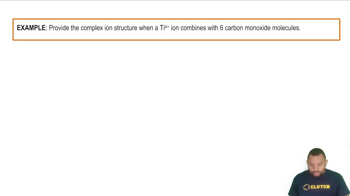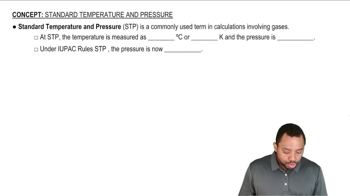Here are the essential concepts you must grasp in order to answer the question correctly.
Entropy
Entropy is a measure of the disorder or randomness in a system. It quantifies the number of possible microstates that correspond to a given macrostate, with higher entropy indicating greater disorder. In gases, entropy increases with the number of molecules and the complexity of the molecular structure, as more arrangements are possible.
Recommended video:
Entropy in Thermodynamics
Molecular Structure and Complexity
The molecular structure and complexity of a substance significantly influence its entropy. For example, O<sub>2</sub> is a diatomic molecule, while O<sub>3</sub> (ozone) is a triatomic molecule with a more complex structure. Generally, more complex molecules have higher entropy due to the increased number of vibrational and rotational modes available.
Recommended video:
Effect of Temperature and Pressure on Entropy
Temperature and pressure are critical factors affecting entropy. At higher temperatures, molecules have more kinetic energy, leading to increased molecular motion and higher entropy. Conversely, lower pressures can lead to higher entropy in gases, as there is more space for the molecules to occupy, allowing for greater disorder.
Recommended video:
Standard Temperature and Pressure




